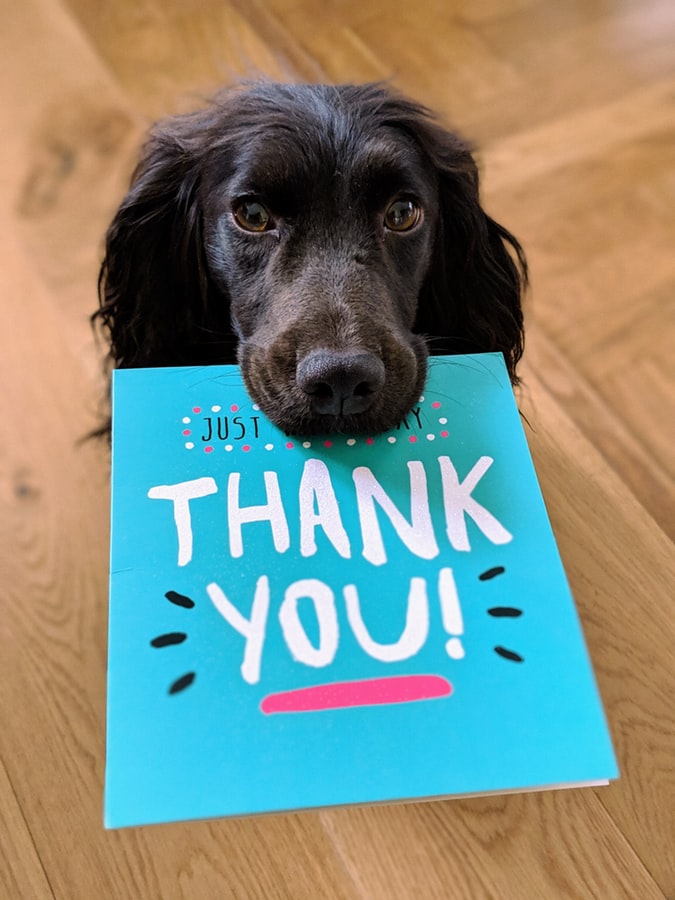
The team at Strategic Grants advocate for our nonprofit partners to invest time in nurturing relationships with their funders, none more so than those who have committed funds to their organisation. If your organisation does not proactively thank your funders, it should.
Here are five easy ways to thank a funder.
1. Pick up the phone.
Strategic Grants works with a lot of trusts and foundations and we often receive feedback that beneficiaries don’t pick up the phone to express their thanks when they receive funding. Everyone is busy, but you should never be too busy to call someone who has just given you money. They read your application, they chose your project, and care about the issues you are tackling and share your vision. Don’t be too busy celebrating your win to pick up the phone to say thank you.
What many grant seekers don’t realise is, your first grant success with any funder is a trial.
Will you deliver what you proposed in the application? Will their money be spent wisely? How well do you communicate results?
A phone call will help you start a dialogue with your funder and cement a relationship that could secure future funding.
2. Write a letter.
A good old-fashioned letter is rare these days – taking the time to hand write a note of thanks is a personal way of acknowledging a funders support.
There are different levels of funding, so there may be different levels of funder management. For example, a $5,000 funder may receive a phone call and a letter of thanks from the grant writer or administrator. A $20,000 funder may receive the same from the project lead, and a $50,000+ funder may be acknowledged by the CEO.
Get your Board involved and develop high-level relationships with your funders wherever possible. While there is no hard and fast rule it is important to identify who the right person in your organisation is, to be the key steward of each relationship.
3. Invite the funder to an event
The work you do has an impact. By inviting your funding partners to be a part of your work they will feel more connected with what you do and how you spend their money. Many corporate foundations encourage their staff to volunteer with the nonprofits they support. By engaging with this group through an event you tap into a large volunteer workforce with expertise your organisation could benefit from.
4. Use your website, social media and any digital communication.
Share your success online; mention, tag and tweet the funders name and your project details. Many funders are active on social media and will share your tweet or story with their connections. Your circle of influence will grow, and other funders will learn about what you do.
Acknowledge their support on your website and in your communications with clients and staff – it’s important the staff in your organisation, in particular the program staff, understand how the program was funded, and by which funder. It’s also important to celebrate your funding success within the organisation to build rapport between the fundraising/grants team, and the service delivery team.
5. Write an end of year wrap up to communicate your achievements.
Funders are people too. Trusts and foundations, PAFs and government agencies are managed by trustees or key stakeholders who choose to fund programs that align with their mission, and achieve the change they want to see in community. An end of year wrap is an easy way to thank your funders, and showcase what your organisation has achieved due to the financial support received over the year.
Case studies are a great way to tell of the benefits, using emotive language. Back this with evidence of your work, the people, places or issues you are dealing with, the change that is occurring and the funders who have helped you do it. None of us work in isolation, and a two-page snapshot of what you have achieved together may lead to collaboration between your current and prospective funders in the future.
If your organisation does not have a process in place to acknowledge and thank your funders – listen to the SG ‘Nurturing Relationships’ podcast to get started.
It’s as easy as 1, 2,3…..4 and 5!

